This article will show the basics of hosting MySQL databases in Amazon Web Services (AWS).
Read more »
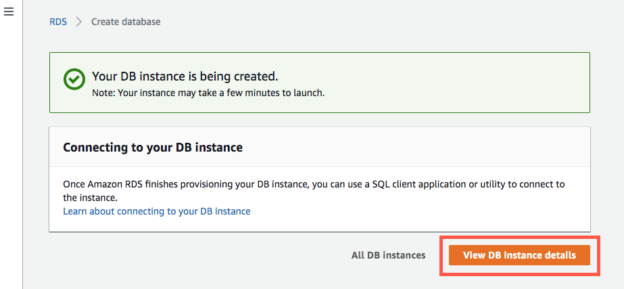


This article will show the basics of hosting MySQL databases in Amazon Web Services (AWS).
Read more »
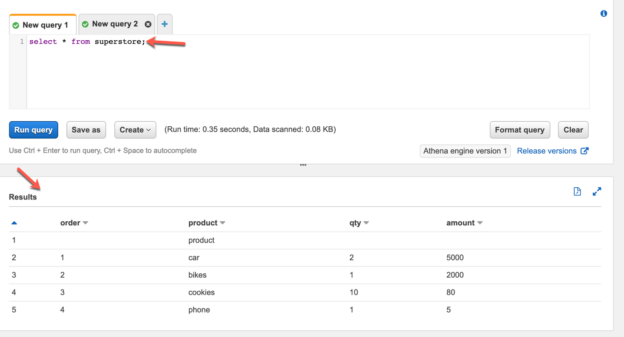
In this article, we are going to use SQL Server to query data that resides in Amazon S3 buckets with the help of Amazon Athena. SQL Server is one of the most popular relational database management systems developed by Microsoft. SQL Server can be installed on-premises or on popular cloud services like Azure or AWS. For the purpose of this demonstration, we are going to use SQL Server that has been installed on-premises. Also, as a pre-requisite for this tutorial, we would need to have an AWS account valid and some knowledge about Amazon Athena.
Read more »
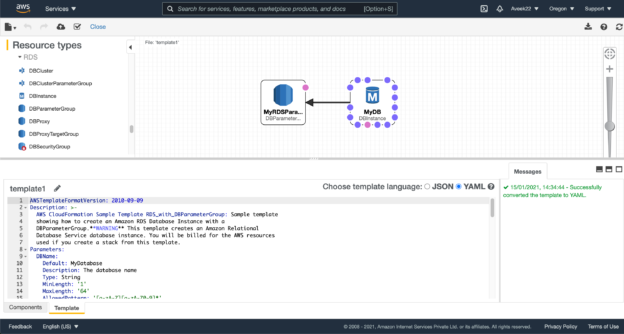
In this article, we are going to discuss how to set up a MySQL instance on AWS RDS using Cloud Formation templates. In my previous article, How to configure an Amazon RDS environment for MySQL, I have provided a detailed walkthrough of how to set up a MySQL instance on Amazon. You can use the AWS console to provide all the information required for setting up the instance and then use it. However, in this article, we will discuss an automated way of achieving the same functionalities using Cloud Formation templates.
Read more »

This article will explore the process to capture deadlock XML and deadlock graphs for AWS RDS SQL Server databases.
Read more »
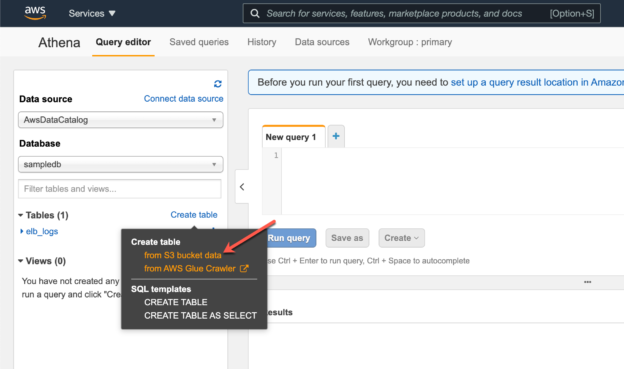
In this article, I am going to discuss Amazon Athena and how we can analyze data stored in S3 using Athena. As you might know, Amazon’s AWS has a lot of services in the field compute, databases, analytics, machine learning, and robotics, one of the most important and popular services is Amazon Athena. By the official definition, “Amazon Athena is an interactive query service that makes it easy to analyze data in Amazon S3 using standard SQL. Athena is serverless, so there is no infrastructure to manage, and you pay only for the queries that you run.”
Read more »
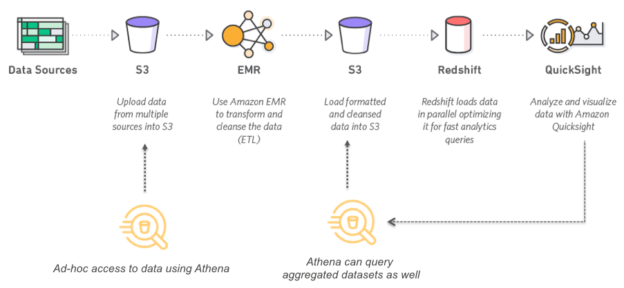
In this article, I am going to introduce AWS Athena, a service offered by Amazon which allows users to query data from S3 using standard SQL syntax. AWS is considered to be a leader in the cloud computing world. Almost more than a hundred services are being offered by Amazon which offers competitive performance and cost-effective solutions to run workloads as compared to on-premise architectures. The services offered by Amazon range widely from compute, storage, databases, analytics, IoT, security, and a lot more. One of the popular areas of these services in the Analytics domain. This allows the customer to build architectures that answer key questions to their business decisions.
Read more »
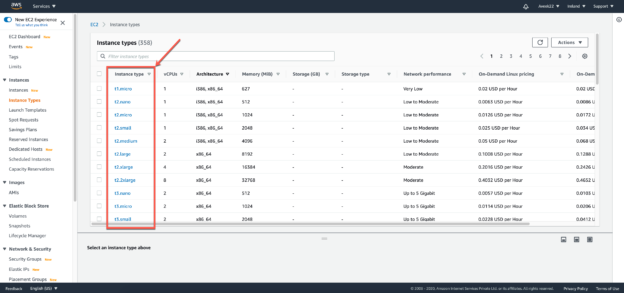
In this article, I am going to talk about the various EC2 instance types available in AWS. EC2, abbreviated as Elastic Compute Cloud is an IaaS offering from AWS using which customers can provision virtual machines on the cloud using different combinations of CPU, RAM, disk and networking. There are many predefined instance types already available in the AWS console, which makes it extremely easy to spin up a new EC2 instance very easily.
Read more »
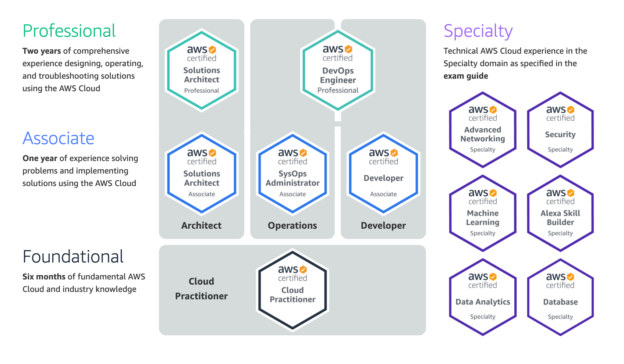
In this article, I am going to discuss the AWS Certified Cloud Practitioner exam. Cloud Computing is one of the most fast-moving technologies in today’s world. With the rising demand for cloud computing platforms, more and more companies have already started using the cloud or are in the process of moving their infrastructure to the cloud. When the question of cloud vendors comes in, AWS is mostly preferred by major companies, also Azure is on the second list after AWS. With this demand, companies also continuously look for talented individuals who can help them lift and shift their infrastructure all already advise them with their existing cloud infrastructure.
Read more »
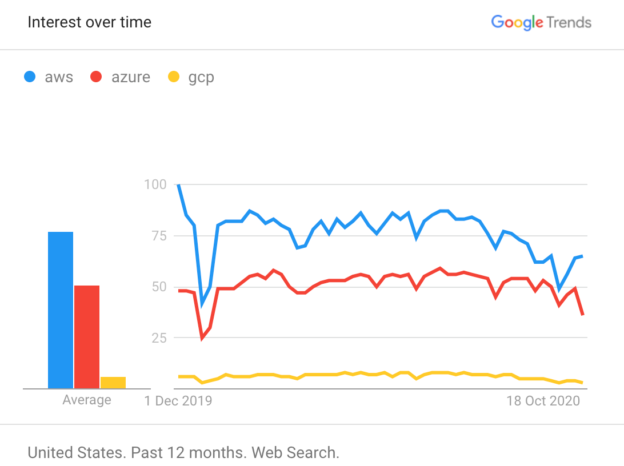
In this article, I am going to explain AWS Billing services and the underlying concepts that one should be aware of while working with AWS. As you know, more and more companies are taking the essential step to migrate their existing applications to the cloud, it has become important for engineers to keep up the pace and learn the technologies of the cloud. In today’s market, AWS and Azure are two of the major cloud providers which are being used mostly. Also, Google Cloud Platform (GCP) is becoming popular, however, the demand for AWS is the highest.
Read more »
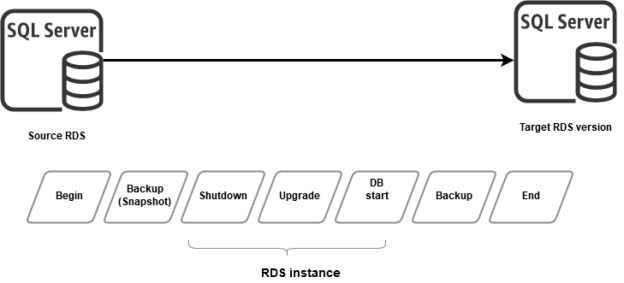
Usually, database administrators upgrade the SQL Server versions for on-premise infrastructure. The AWS cloud infrastructure for SQL Server supports two flavors for database deployments.

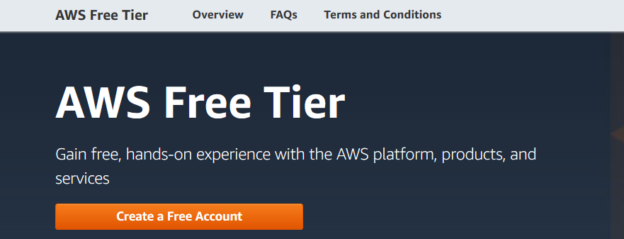
In this article, we will look at the configuration of the AWS RDS PostgreSQL instances.
Read more »

In this article, I am going to explain about the AWS Well-Architected Framework that helps AWS customers to design solutions following best practices while designing the architectures of their solutions. It enables the users to design secure, reliable and high performant cloud applications and workloads. This is more of a theoretical concept that is often advised to be followed while thinking of the architecture of any system. There are five pillars of the AWS Well-Architected Framework that enables customers to evaluate their existing architectures and implement scalable solutions. In this article, we will learn more about those five pillars and the best practices around them. The discussion below is a summarized form of the official whitepaper: AWS Well-Architected Framework.
Read more »
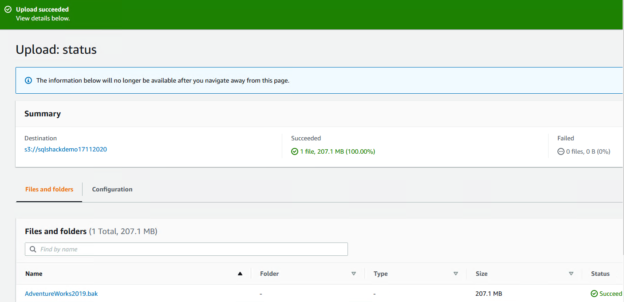
There are multiple ways to deploy the databases in the AWS RDS SQL Server. Suppose you want to migrate your on-premises SQL Server database to AWS managed relational database service and you have a critical application and require minimal (almost zero) downtime. For this purpose, you can use the AWS Database Migration Service (AWS DMS) in a combination of SQL Server native backups.
Read more »
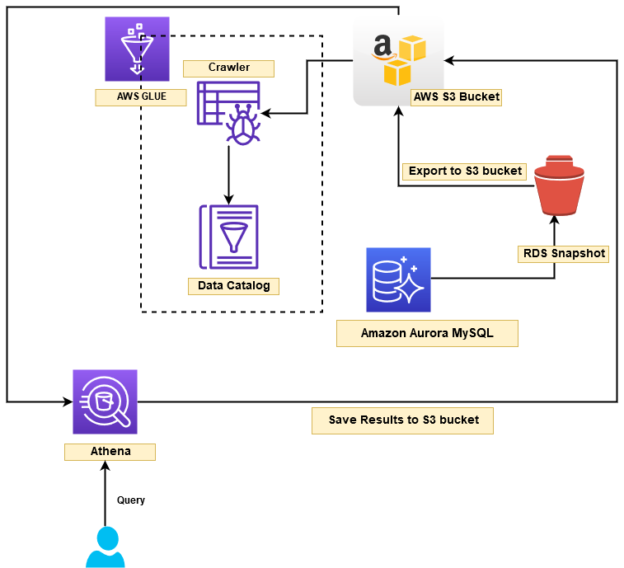
In this article, we will explore the following topics:

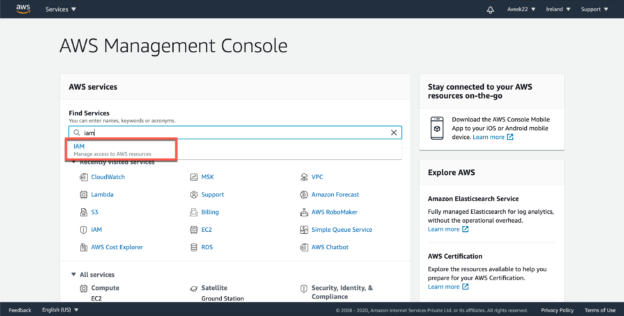
In this article, I am going to introduce the concept of AWS IAM, also known as Identity and Access Management in AWS. In any cloud service, controlling who has access to the services and how each of the services accesses the other services is an important task. If we do not control the access or restrict then there might be cases of a security breach within the services and we might not be able to track those as well. So as a best practice to restrict or control access within the AWS, there is a special service called IAM that can be used to manage and control almost everything in AWS. It is the permission control system that controls access to the various AWS resources and services.
Read more »
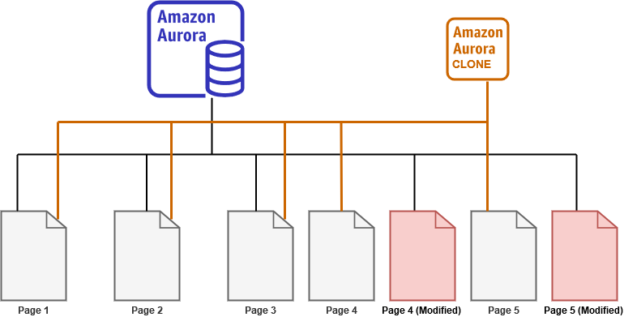
Amazon Aurora provides a MySQL and PostgreSQL compatible relation database with performance and feature enhancements over the existing databases. In the previous articles, we discussed the following features. You can refer to ToC at the bottom.
In this article, we will cover fast database cloning and its usage for aurora databases.
Read more »
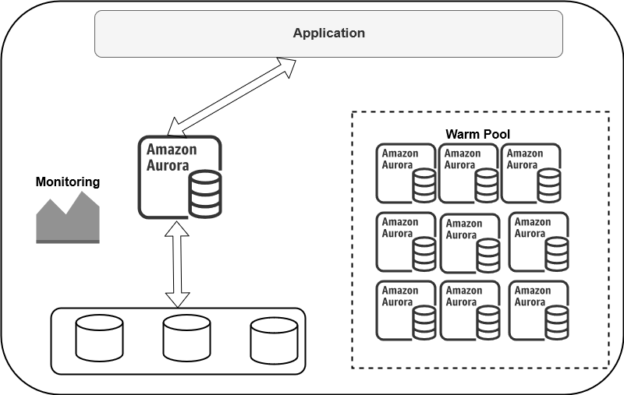
In this 4th article for the Amazon Aurora series, we will discuss and implement an Amazon Aurora Serverless cluster.
Read more »
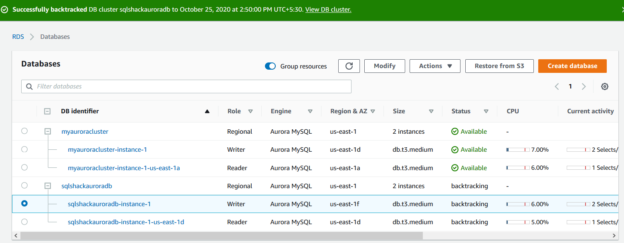
In this article, we will explore the useful backtrack feature for Amazon Aurora clusters.
Read more »

In the article, Deploy your AWS RDS Aurora database clusters for MySQL, we explored the Amazon Aurora concept and deployment. In this article, we will understand about the global database feature and its implementations.
Read more »
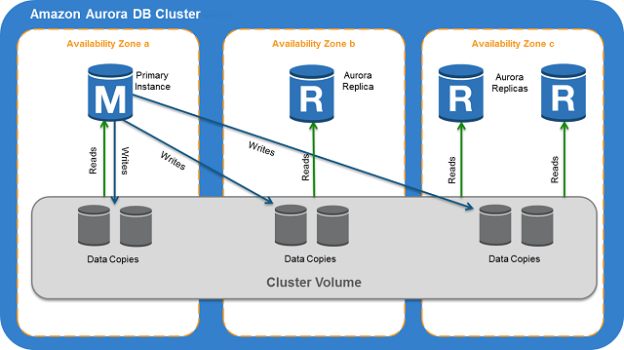
Amazon offers managed database service for various database products such as Microsoft SQL Server, MySQL, PostgreSQL, Oracle. In these relational database services (RDS), AWS manages the operating system, networking components, backups, monitoring solutions. In the previous articles, we explored many useful RDS features under the AWS RDS category on SQLShack.
Read more »
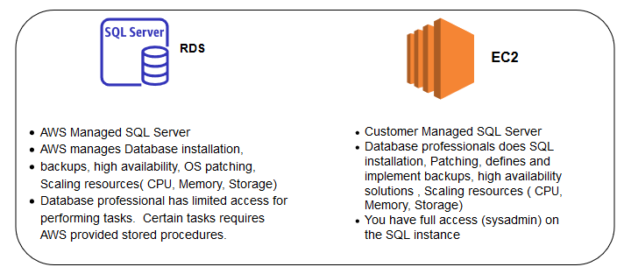
In this article, we will explore how to split native backup and restore for AWS RDS SQL Server from the AWS S3 bucket.
Read more »
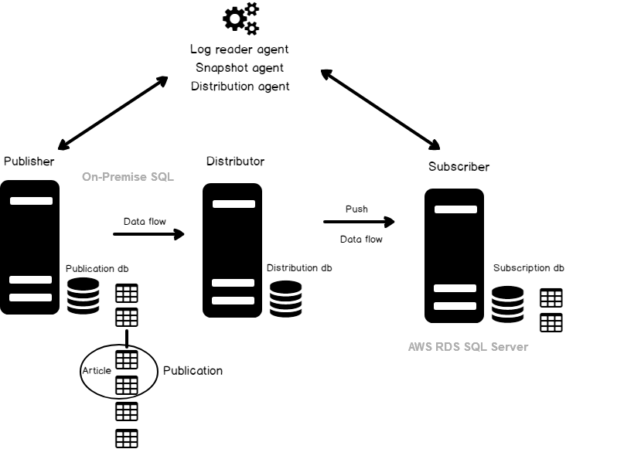
In this article, we will implement a SQL Server Replication between AWS RDS SQL Server and On-premises SQL Server instance.
Read more »

In this article, we explore the use of manual snapshots in AWS RDS SQL Server.
Read more »
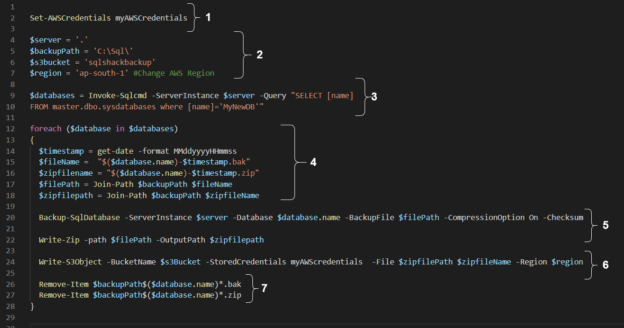
In this article, we will explore taking backups of native SQL databases into the AWS S3 bucket.
Read more »
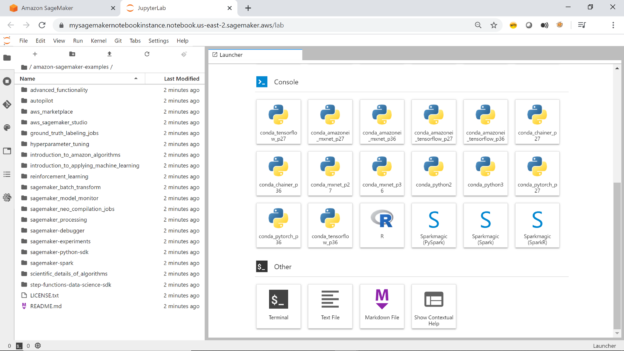
This article provides a step by step explanation of how to get started with AWS Sagemaker by creating an AWS SageMaker instance for using machine learning related features on AWS Cloud.
Read more »© Quest Software Inc. ALL RIGHTS RESERVED. | GDPR | Terms of Use | Privacy